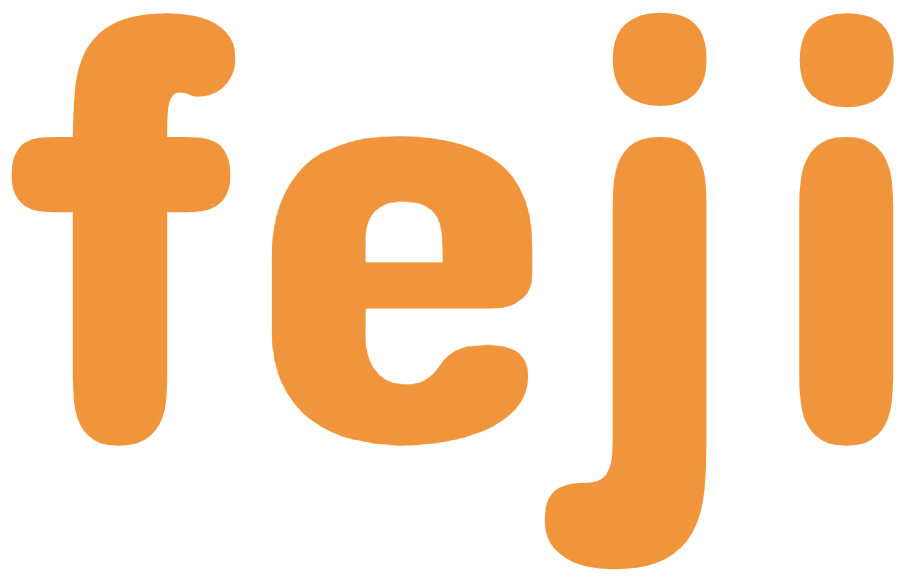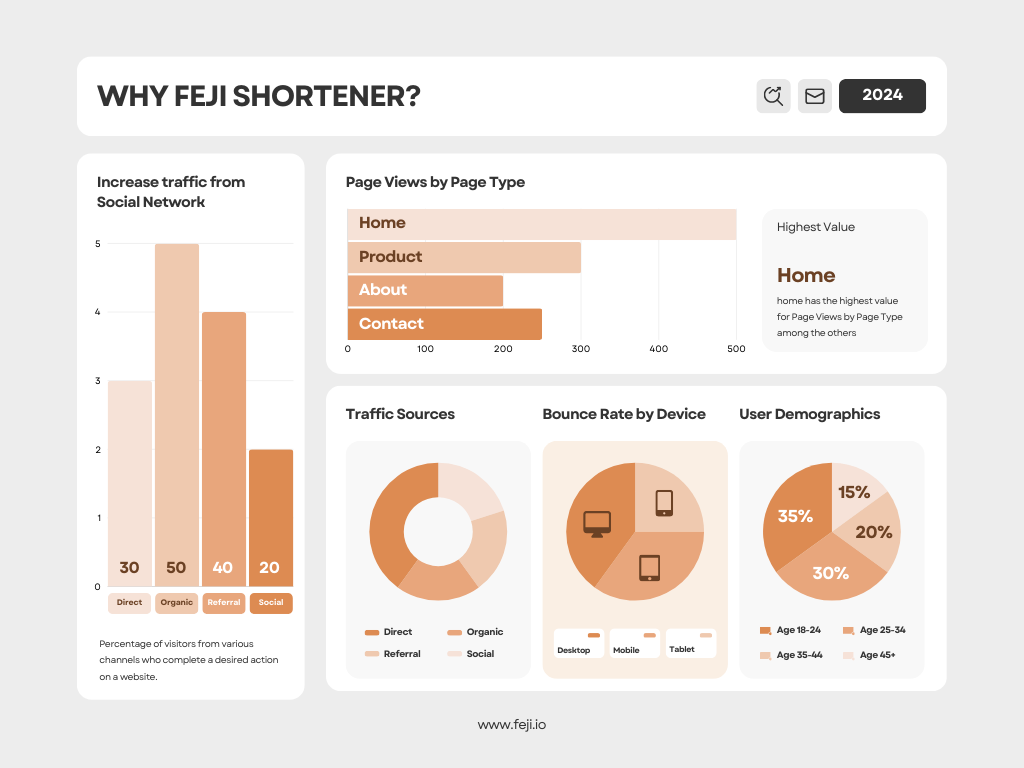In today’s rapidly evolving digital landscape, businesses are more vulnerable than ever to cyberattacks, data breaches, and various forms of online fraud. To safeguard their operations, many companies are turning to cyber insurance as a key line of defense. However, cyber insurance alone may not be sufficient to protect against increasingly sophisticated identity-based threats. That’s where Silverfort comes into play a cutting-edge identity-based security platform designed to reinforce cybersecurity defenses while working seamlessly with cyber insurance coverage.
This article will explore the intersection of cyber insurance and Silverfort’s identity-based security, delving into how these two tools can complement each other to provide robust protection against cyber threats.
Introduction to Cyber Insurance Coverage
Cyber insurance is a specialized form of insurance coverage that helps organizations manage the financial repercussions of cyber incidents such as data breaches, ransomware attacks, and denial-of-service attacks. By providing coverage for the costs associated with incident response, legal fees, and operational recovery, cyber insurance serves as a safety net in the event of a cyberattack. However, having cyber insurance alone does not guarantee immunity from attacks. The effectiveness of cyber insurance is greatly influenced by the security measures that a business has in place to mitigate risks.
The Importance of Cyber Insurance
Cyberattacks can cripple a business, causing operational downtime, financial losses, and damage to reputation. With the rise of digital transactions, remote work, and cloud-based operations, the need for cyber insurance has never been greater. Yet, a company’s cyber insurance premiums and coverage options are largely dependent on its existing security infrastructure. This is where platforms like Silverfort make a significant difference by providing advanced identity-based security solutions that reduce risks.
Key Features of Cyber Insurance Policies
When evaluating cyber insurance policies, businesses should look for coverage that includes:
- Data breach costs: Expenses related to the investigation, legal liability, and customer notifications.
- Ransomware protection: Payment of ransom and costs associated with restoring data.
- Business interruption: Compensation for lost income during operational downtime.
- Incident response: Access to cybersecurity experts for managing and mitigating cyberattacks.
While these features are standard, insurers often require businesses to implement strong cybersecurity practices to qualify for comprehensive coverage or lower premiums.
What is Silverfort?
Silverfort is a next-generation identity-based security platform designed to protect organizations from the growing threat of credential-based attacks. Silverfort eliminates the need for traditional passwords, instead using advanced authentication methods like multi-factor authentication (MFA) and Zero Trust architecture to ensure only authorized users can access critical systems. By doing so, Silverfort significantly reduces the risk of unauthorized access and data breaches.
The Role of Identity-Based Security
In today’s threat landscape, identity theft and credential-based attacks are among the most common methods cybercriminals use to infiltrate organizations. Identity-based security focuses on protecting user credentials and verifying the identity of anyone attempting to access sensitive data or systems. Silverfort’s identity-centric approach goes beyond traditional perimeter defenses like firewalls and antivirus software, offering a more effective solution for modern cyber threats.
How Silverfort Secures Modern Businesses
Silverfort’s platform integrates seamlessly with existing security infrastructures, providing businesses with real-time monitoring, automated threat detection, and policy enforcement across all users and devices. Silverfort’s key features include:
- Multi-factor authentication (MFA): Adds an extra layer of security by requiring multiple forms of identification before granting access.
- Zero Trust architecture: Ensures that no one is trusted by default, verifying every access attempt in real-time.
- Unified security controls: Protects both on-premises and cloud-based systems, ensuring consistent security policies across the organization.

How Cyber Insurance Works with Silverfort
The integration of Silverfort’s identity-based security platform with cyber insurance coverage creates a comprehensive approach to mitigating cyber risks. While cyber insurance helps businesses recover from attacks, Silverfort plays a proactive role in preventing these attacks from occurring in the first place.
Addressing Identity-Based Threats
One of the most significant threats businesses face today is the misuse of credentials. Cybercriminals frequently use stolen or weak passwords to gain unauthorized access to corporate networks. Silverfort’s identity-based security measures focus on preventing this by implementing MFA and Zero Trust principles. This reduces the risk of credential-based attacks, making it easier for businesses to qualify for cyber insurance coverage.
Multi-Factor Authentication (MFA)
MFA is a core component of Silverfort’s security strategy. By requiring multiple forms of verification, such as a password and a biometric scan, MFA ensures that even if one form of identification is compromised, the attacker cannot gain access without the other. This significantly reduces the risk of data breaches and identity theft, making MFA a key factor in qualifying for lower cyber insurance premiums.
Zero Trust Architecture
The Zero Trust model assumes that no user, whether inside or outside the network, should be trusted by default. Every attempt to access a system is verified, regardless of the user’s location or credentials. Silverfort applies this principle by continuously monitoring access requests and enforcing strict security policies across the board. This proactive approach prevents unauthorized access, ensuring that cybercriminals cannot exploit weak points in the network.
Reducing the Risk of Breaches with Silverfort
Silverfort’s ability to monitor and secure user identities in real-time helps businesses reduce the risk of data breaches. By ensuring that only authorized users can access sensitive data, Silverfort minimizes the attack surface for cybercriminals. This, in turn, helps businesses negotiate lower cyber insurance premiums, as they are seen as lower-risk clients by insurers.
Implementing advanced security measures like Silverfort can lead to significant reductions in cyber insurance premiums. Insurers often reward businesses that demonstrate a strong commitment to cybersecurity by offering more favorable rates. Silverfort’s comprehensive approach to identity-based security makes businesses less vulnerable to attacks, thereby reducing the likelihood of filing expensive insurance claims.
Advantages of Integrating Silverfort with Cyber Insurance
The combination of Silverfort’s security platform and cyber insurance offers several advantages to businesses, including enhanced protection, lower financial risk, and compliance with insurance requirements.
Enhanced Security Posture
By integrating Silverfort with existing cybersecurity measures, businesses can create a multi-layered defense system that significantly reduces the risk of cyberattacks. This improved security posture gives both the business and the insurance provider greater confidence in the company’s ability to protect sensitive data.
Lowering Financial Risk Exposure
While cyber insurance helps cover the financial losses incurred from a breach, Silverfort reduces the likelihood of a breach happening in the first place. By preventing unauthorized access and reducing the risk of data loss, Silverfort helps businesses avoid costly claims and minimizes their overall financial risk exposure.
Compliance with Insurance Requirements
Many cyber insurance providers require businesses to meet specific security standards before offering coverage. Silverfort’s identity-based security solutions often align with these standards, making it easier for businesses to qualify for comprehensive coverage. By meeting these requirements, companies can secure better policies and lower premiums.
Silverfort’s Impact on Cyber Insurance Claims
Silverfort’s proactive approach to identity security not only reduces the likelihood of a breach but also minimizes the severity and cost of claims when incidents do occur.
How Silverfort Minimizes Incident Costs
In the event of a cyberattack, having Silverfort in place can significantly reduce the costs associated with incident response and recovery. By quickly identifying and blocking unauthorized access attempts, Silverfort helps prevent the spread of malicious activity, thereby reducing the scope of damage.
Improving Response Time and Efficiency
Silverfort provides real-time alerts and detailed access logs that enable IT teams to quickly pinpoint the source of a breach. This improves response time and allows businesses to take immediate action, reducing the duration of the incident and limiting the associated costs.

Real-World Examples of Silverfort and Cyber Insurance
Silverfort’s identity-based security platform has been successfully implemented across various industries, helping businesses protect their data and qualify for cyber insurance coverage.
Case Study 1: A Large Financial Institution
A major financial institution implemented Silverfort’s security platform to protect its sensitive financial data. When an attempted breach occurred, Silverfort’s MFA and Zero Trust architecture prevented the unauthorized access, allowing the company to avoid filing a costly insurance claim.
Case Study 2: A Healthcare Organization
A healthcare organization used Silverfort’s solutions to comply with strict regulations around patient data protection. Following a phishing attempt that targeted employee credentials, Silverfort’s security measures stopped the breach, keeping the organization in compliance and preventing significant financial losses.
The Future of Cyber Insurance and Silverfort
As cyber threats continue to evolve, the role of identity-based security in cyber insurance will only become more critical. Silverfort’s ability to adapt to new threats makes it a valuable tool for businesses looking to protect their assets and qualify for comprehensive insurance coverage.
Trends in Identity-Based Security
With the rise of remote work and cloud-based systems, identity-based security is becoming more important than ever. Silverfort is at the forefront of this trend, offering solutions that address the unique challenges of modern cybersecurity.
Predictions for Cyber Insurance Integration
As cyberattacks grow more sophisticated, insurers will place even greater emphasis on the security measures businesses have in place. This means that platforms like Silverfort, which provide advanced identity-based security, will be key to securing lower premiums and comprehensive coverage in the future.
In a world where cyber threats are becoming more frequent and more sophisticated, cyber insurance alone is not enough. Silverfort’s identity-based security platform offers businesses the protection they need to

 Vietnamese
Vietnamese









Nguyen Hoai Thanh
Nguyen Hoai Thanh is the Founder and CEO of Metaconex. With 12 years of experience in developing websites, applications and digital media, Nguyen Hoai Thanh has many stories and experiences of success to share.